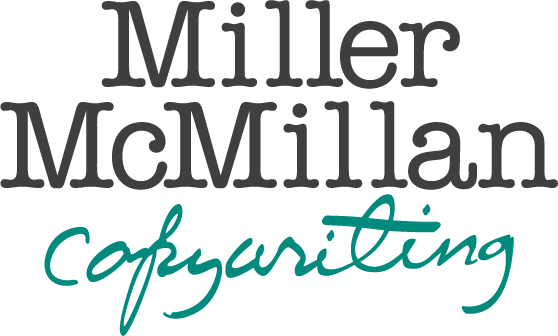You might know already. But you will still enjoy this article.
Look at Amazon. Consider how easily you can do almost anything on their site. Shop. Compare. Purchase. Return. Review. Does that make things easier for prospective buyers, repeat buyers and loyal customers? Is it easy to like Amazon? Will you come back again? Will you tell your friends?
Were those rhetorical questions, like this one?
Amazon has great UX. You probably know this acronym stands for user experience. It's essential for building a brand. Knowing how to engage is so important. If you don't show empathy, you will probably not get good results. Because success depends on looking at everything from the perspective of those you want to engage. "Feeling" how they feel. Respecting who they are. Understanding what they need. Helping them.
Otherwise, you will frustrate. You may lose them. You may unwittingly cast yourself as a company that doesn't care enough to open the door for customers and lead them to what they want, rather than oversell and send them away.
UX is not new. Like many things in marketing, it's been around forever and has been given a new name for the new media. Why? I'm not sure. Just a rebranding of something that probably didn't really need it.
Successful retail stores have practiced UX forever. It's how they greet, guide and assist their visitors. They don't get in the way; they don't stalk or ambush; they don't push. And they certainly don't follow up mercilessly. Customers enjoy shopping there and buying from them. Nordstrom has great UX.
Think of a store where they start selling the minute you walk in. They follow you around the store. When you pick something out and try it on, they pounce and say you look awesome. How can you trust them? The modern version is websites that immediately fill the page with popups asking for your email address, a newsletter subscription, attendance at a podcast, or something else that attempts to force engagement –– and fails. “What was I looking for before all this stuff hit the screen?”
I have seen sites that after 10 seconds, literally cover the entire page with attempts that have one thing in common: they are too much too early in the journey. What about early and often? Maybe in real estate. Not before a web visitor has a chance to find out who you are and how you might help them.
The issue is made worse when the website has been written for search engines that want 2000 words, which is how they qualify the writer as an “expert.” So, you may read many paragraphs of fluff explaining things that most readers already understand. But hey, the right keywords are in right places and the article is the right length to make it authoritative.
Here’s the problem. You will have to wade far into the article to find what you need. And from my experience, that is quite frustrating and counter to what readers really want. UX means putting yourself in visitors' shoes, even if they are too long or too wide or too clunky for your taste. Just put them on. It's not forever.
So, UX is about making the journey easy, pleasant, informative, convincing, irresistible. And, it needs to happen every step of the way. Call it a funnel, a customer journey, the path to purchase.
Incidentally, "UX" is not a good way of saying user experience. It is a cryptic acronym known mostly to insiders in marketing. Do we need better UX for understanding the term UX? I think so. Call it "user experience" first. Then UX. That way you will show empathy, manners and good grammar. Of course, if you're using it inside a marketing or advertising firm, the above does not apply. Everybody already got the memo.
They got it backwards. The whole idea of using acronyms is out of sync. A simple example of how acronyms are used correctly: Say "United States Postal Service" before you start using "USPS." Not the other way around. Same applies to UX. Spell out the words. Then abbreviate. That's better UX for the reader.
What if I said, "EVCET" invites you to a free dinner. What would you think? You would have to consult a dictionary or search for it online. Fun, right? Acronyms are supposed to make life easier –– not leave you wondering where to have dinner tonight.
Did you have a good user experience reading this article? Do you understand what UX is, and how to do it, and why you should? Above is an example of how I write advertising, sites, books, blogs -- everything. I have many other styles from poetic to practical, all created to be approachable and enjoyable.
Cheers!
Miller
Check me out: http://www.millermcmillan.com
Let me know what you think. Thank you!




